#celtic fairy tales
Explore tagged Tumblr posts
Text

JOMP BPC - 11th February - Fairy Tales
This is a single volume reprint (published in 1993) of two volumes first published in 1892 and 1894.
18 notes
·
View notes
Photo

The brewery of eggshells
23 notes
·
View notes
Text



The Blue Man of the Minch
#art#illustration#oc#character design#original character#character art#blue man of the minch#merman#ocean spirit#historical#fairy tale#fantasy#sea#beach#scotland#folklore#celtic
2K notes
·
View notes
Text
I don't want to act like a snob, but, y'all... really don't read old fairy tales or mythology, do you...? You only know the sanitized, bloodless Disney versions? People get cut to pieces (Cinderella/Ashputtel, The Red Shoes), women are abducted to be wives (an upsetting practice that continued until very recently, still practiced in some countries today—horrible, but part of life that found its way into stories, like The Seal's Skin), and magical talking animal husbands / wives (The Crane's Return of a Favour; East of the Sun, West of the Moon, etc.) abound in old mythology. Kids have been raised hearing these stories and not thinking about sex for centuries...
Humans marrying Pokemon in the ancient past was frankly stated in the Japanese version of DPPt. The English version rightly assumed English-speaking fans won't take it and reworded it from used to marry to used to eat at the same table (some euphemism!)


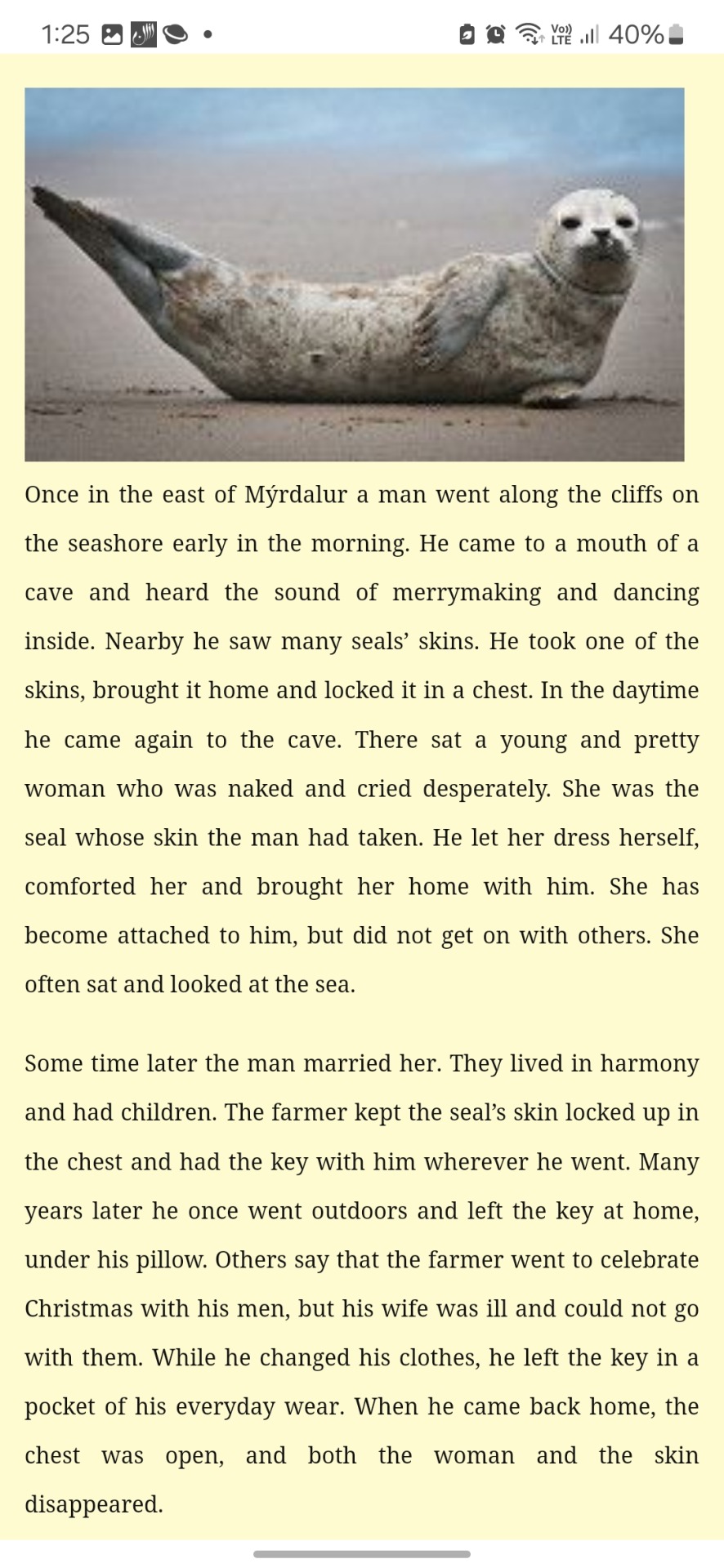
The Typhlosion story is no different from western stories like East of the Sun, West of the Moon (the way she was advised not to look at him reminded me of that) or The Seal's Skin (selkies cannot transform and return to the sea without their pelts—the abducted wife leaves her half-human child on land, escaping with her pelt when she finds it... the half-human, half-Pokemon children are bullied by their pelts being thrown on them to transform them against their will for cruel human amusement..)
The bloody myth about the boy with the sword is Veilstone's myth, but told in detail, right down to the Pokemon exacting a toll from him for how he maimed and slew them for amusement.
A man unknowingly marries a transformed-into-human form Froslass he met once before in Pokemon Legends: Arceus and she flees when he finds out what she was... it's based on a tale about the yuki-onna, the folkloric snow woman Froslass is based on.
youtube
[music]
#Pokemon#teraleak#Pokemon Leaks#fairy tales#I don't wanna act like a snob but DANG you guys are that divorced from culture PLEASE read Grimm's Fairy Tales Hans Christian Andersen#Greek myth Celtic folklore Japanese folklore—anything!!!#I get being horrified by the implications of rape * definitely but those elements are only perceived with knowledge of adult matters#fairy tales always had some darkness to them that was gradually sanitized out in modern retellings#Youtube
393 notes
·
View notes
Text
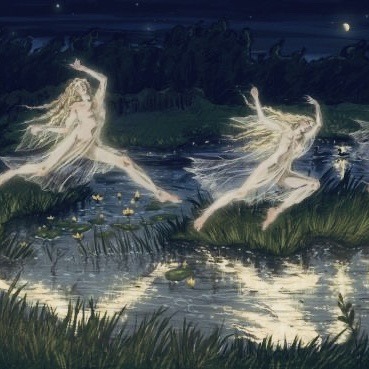
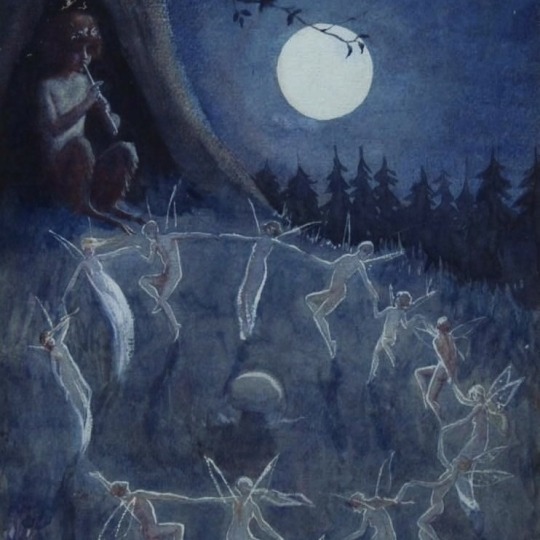
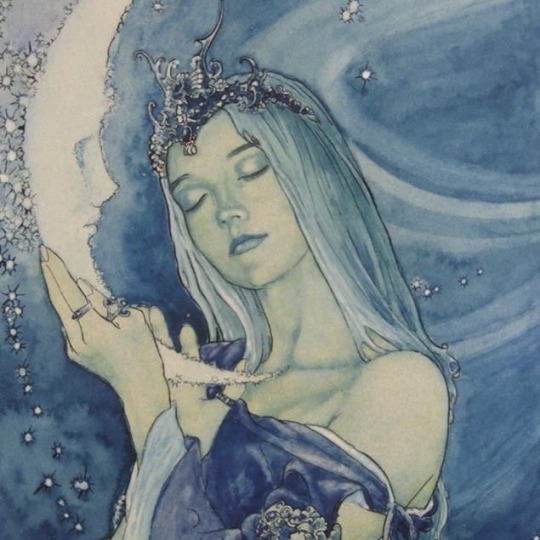
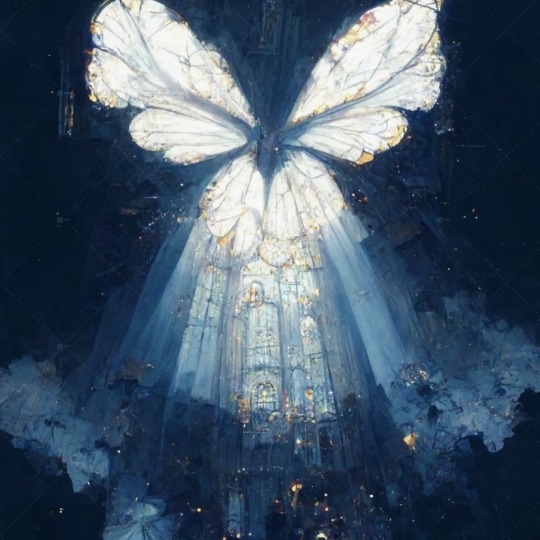
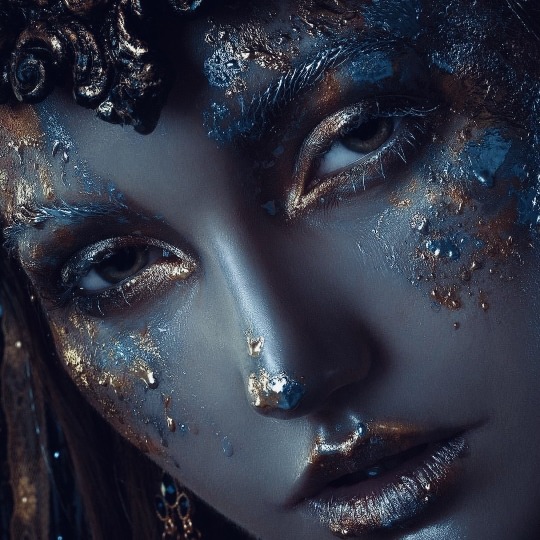

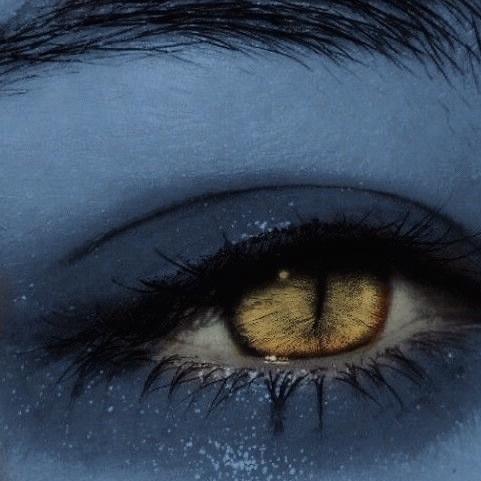

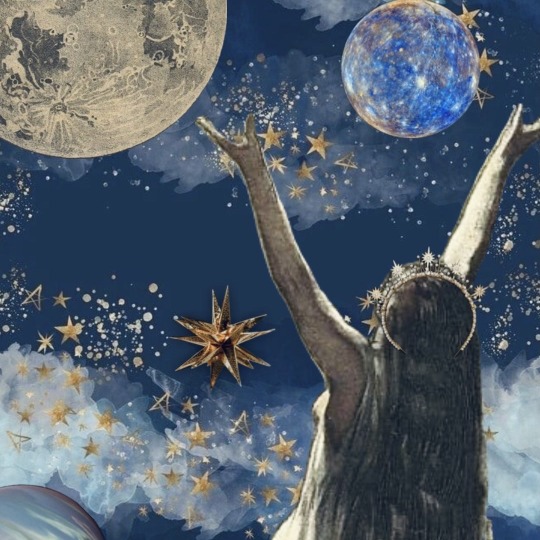
World Mythology: Fey, Faeries, and Fairfolk
“Faeries, come take me out of this dull world, for I would ride with you upon the wind, run on the top of the disheveled tide, and dance upon the mountains like a flame.”
- adapted from The Land of Heart's Desire by William Butler Yeats
#fairies#fairycore#fairy#fae#faecore#high fae#fey#fair folk#fairy tale#celtic folklore#celtic mythology#irish folklore#irish mythology#william butler yeats#acotar#acosf#the stolen heir#the cruel prince#tcp#tfota#the iron king#hoeab#rhapsodic#fairy dance#mythical creatures#sky aesthetic#blue aesthetic#moodboard#night court
555 notes
·
View notes
Photo
https://www.gutenberg.org/ebooks/35862
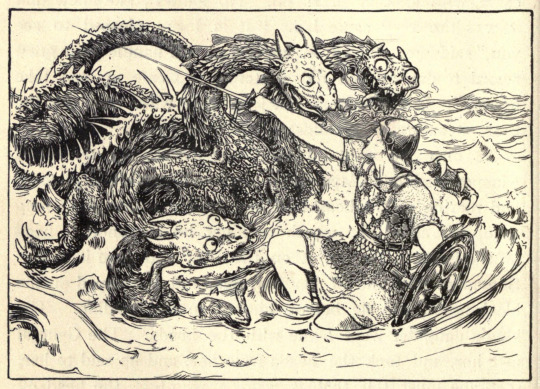
The Sea Maiden, from Celtic Fairy Tales by John D. Batten (1892)
790 notes
·
View notes
Text
eat me is a short text game inspired by scottish folklore and the company of wolves. think queer sexual awakening, monster transformation as gender transformation, and cannibalism as a metaphor for love.
#red riding hood#werewolves#cannibalism#interactive fiction#the company of wolves#angela carter#celtic mythology#fairy tales#text games#queer games#indie games#my art
79 notes
·
View notes
Text
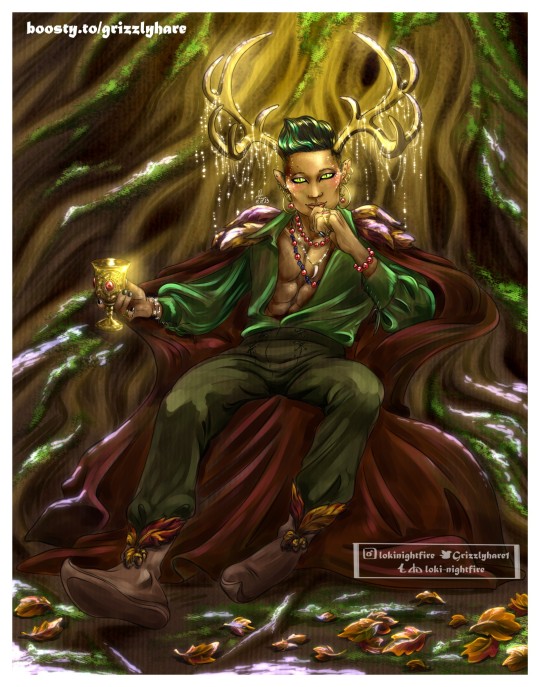
Unseelie court AU: Magnus Oberon
This is the illustration for fic by Mikky, written due to Samhain. Magnus Oberon as a king of the Unseelie court. Alec as Puck is following I hope. Read and enjoy here
#my art#shadowhunters#malec#magnus bane#fairy tale#celtic legend#faery#unseelie court#oberon#malec fanart
64 notes
·
View notes
Text
If your WIP became a TV show, what would the theme song be like? Instrumental? A repurposed pop song? A specially-written song with lyrics that explain the premise? A five-second musical sting over the show logo?
#adventures in writing#if lily between worlds can count as a wip#then it would have a lightly dreamy yet upbeat pop song by a female singer#with thematically appropriate lyrics about learning who you are and finding your place in the world#as far as retellings go#both the tattercoats and goose girl retellings could have dreamy and faintly celtic instrumentals#over a series of pastoral and fairy tale images
176 notes
·
View notes
Text

"Bealtaine" by S.R. Harrell, 2024
#illustration#art#s.r. harrell#childrens book#artists on tumblr#childrens illustration#children's book illustration#design#fairy tale#beltaine#irish#celtic#irish history
23 notes
·
View notes
Text

*NEW* Mini Enchanted Forest Wreathes 🌿💕🧚🏼♀️
#wreathes#enchanted forest#moss#faeriecore#cottagecore#ribbons#small business#artist#wildcrafted#handmade#fae#faery witch#celtic#holy trinity#home blessing#house blessing#spring decor#ostara#spring#mosscore#fairycore#pagan shop#enchanting#fairy tale#fantasy#love#circle#protection#healing#art
17 notes
·
View notes
Photo

11 notes
·
View notes
Text
There is an Elf Spectrum with Spock at one end and Yoda at the other.










#elf#eldar#high fantasy#norse mythology#celtic mythology#fairy tales#there should be two axes actually. aloof->mischievous and smol ear->big ol ear#ymmv on the order of everyone in between
19 notes
·
View notes
Text
Seasonal theme: Magical summer (beginning)
This summer will be a season of wonders and enchantments, of spells and wizards - a magical summer!
Here is a list of beings, entities, objects and concepts you can check out if you want to add some magic to your summer:
In the myths, legends and so-called “real” world...
In the Arthurian literature: Merlin the enchanter, most famous of all wizards, derived from the legendary Welsh figure of Myrddin. Morgan le Fay, the ever-so-ambiguous enchantress of Arthurian mythos. Excalibur, the greatest and most iconic of all magical swords.
In Greek mythology: Hecate, the goddess of magic and witches. Circe, the divine enchantress of the Odyssey. Medea, the most frightening sorceress of the Greek legends. Lamia, a Greco-Roman bogeywoman that medieval times assimilated with various monsters and witches.
In Norse mythology: seidr, the old Norse magic, and its patron goddess Freya. Loki, expert shapeshifter and trickster supreme.
Christian legends, myths and beliefs: the Malleus Maleficarum, the unfamous manual used by many witch-hunters during the great witch hunts throughout Europe - a manual which was not accepted by the Church, unlike what many people believe. The Ars Goetia, both the art of invoking demons and the grimoire containing the secrets of said art. Astaroth, a demon often associated today with witchcraft. The famous witches sabbath, that was the great terror and fantasy of devil-fearing men of the Middle-Ages and the Renaissance. The paintings of Goya, which illustrated the various superstitions and beliefs surrounding witches in Spain.
The folklore of the British Isles: the British Grimalkin, with its cousins the English King of Cats and the Celtic Cat-sith. Lugh, the Irish Celtic god that mastered all of the arts, including magic.
Vaïnämöinen, the great bard-enchanter of Finland, and one of the sorcerer-heroes of the Kalevala alongside the magical blacksmith Ilmarinen, all fighting against the evil witch-queen Louhi.
In fairytales: the fairytales of the brothers Grimm brought many of the famous fairytale witches, from the evil queen with her magic mirror in Snow-White to the witch living in a house of bread and sugar in Hansel and Gretel. In Slavic fairytales, the great and iconic witch is the dreaded Baba Yaga. The French fairytales also brought the archetype of the fairy godmother: Cinderella, Toads and Diamonds, Donkeyskin, Cunning Cinders, The Hind in the Woods/The White Doe, Prince Marcassin... And let’s not forget Carabosse, the wicked fairy of the fairytale Princess Mayblossom, that became thanks to Tchaïkovsky’s ballet the old antagonistic fairy of Sleeping Beauty. Plus: the seven-league boots, one of the most famous magical items of French fairytales, appearing in Little Thumbling or The Orange Tree and the Bee.
The world of alchemy: the famous philosopher’s stone, elixir of life, and panacea that formed the ultimate goals of alchemists. Hermes Trismegistus, the mythological patron and ancestor of all alchemists (himself a mix of the Greek god Hermes and the Egyptian god Thoth). Nicolas Flamel, the 14th century book-seller everybody believed to be the discovered of the philosopher’s stone.
Some famous grimoires of our world: The Book of Abramelin, a tome of sacred Jewish magic. The Lesser Key of Solomon, a demonology grimoire of the 17th century inspired by the older book of sacred spells known as The Key of Solomon. The very famous duo of French grimoires known as the Grand Albert and Petit Albert. The Book of Shadows, a type of grimoire originally part of the Wicca religion, and that became popularized in America media thanks to the television series Charmed.
Principles, beliefs, personalities and practices of our world (which, as you will note, frequently mix magic with religion and folk-healing): Nostradamus, the great French prophet. The magi of Persia, Zoroastrian priests and astronomers that gave birth to the concept of the “mage” as we know it today. The original mana - not the video game mechanic, but the supernatural force of Oceanian beliefs. The Celtic druids and the most famous of their sacred sites: Stonehenge. The marabout, a type of Muslim holy man from Africa to whom was attributed some magical powers in folk-belief. The shamans of Siberia, the ones from which the very principle of “shamanism” was codified in the West. The medecine people of the First Nations in Northern America. The sangomas of Southern Africa, one of the most famous types of African “witch-doctors”. The Haitian Vodou and the Louisiana/New-Orleans Voodoo, folk-religions and magic beliefs deriving from the Vodun religion of West Africa (not to be confused with their various “cousins”, such as the Vodu of Cuba, the Jejé of Brazil or the Hoodoo).
More general magic tropes and concepts: the magic potion. The flying broomstick. The magic wand, or its variation the wizard’s staff. The familiar of the witch. The trope of the wizard duel, which, despite its prominence in modern literature and contemporary folk songs, has roots in ancient mythological fights and legendary magic hunts. The tempestarii, or the belief in weather-influencing, weather-changing sorcerers.
#seasonal theme#magical summer#magic#witches#wizards#sorcerers#mythologies#greek mythology#norse mythology#celtic mythology#witchcraft#arthurian mythos#arthuriana#grimoire#demonology#finnish mythology#fairytales#fairy tales#fairies#alchemy#folk medecine#folk religion#tropes#archetypes
47 notes
·
View notes
Text
Was looking for fairies in celtic tales and came across this

And i would for someone to elaborate on this
#venn diagram#the fae#neurodivergent#neurodiversity#lovecraft mythos#celtic fairy tale#faerie#fae folk#celtic folklore#irish folklore#scottish folklore#old myths#fairy tales#european folklore#charts
14 notes
·
View notes
Text

John D. Batten- The Horned Women, illustration from "Celtic Fairy Tales," 1892
16 notes
·
View notes